Szumowo – grave no 1
Borough of Szumowo, Zambrów District, Podlaskie VoivodshipType of place
A forest near Rząśnik (grave no 1)Information about the crime
In the Rząśnik forest in the borough of Szumowo there are two mass graves of Jewish residents of Szumowo and surrounding villages. The number of Jewish men, women and children murdered and buried here is estimated at approx. 1500 people.
Firstly, almost all Jewish communities from Szumowo and surrounding villages (incl. Kosewo, Lubotyń, Andrzejewo, Zaręby Kościelne) were murdered. In August 1941 around 700 people were gathered in the yard of the vicarage in Szumowo. Then, among beating and screaming, they were loaded into lorries and taken to the forest. Deep pits – in which Red Army troops, who stationed there since June 1941, were planning to build bunkers – were used as graves. Only the bottoms of the pits had been concreted before the German-Soviet war commenced. Citizens of Szumowo, rushed to bury the bodies, were eyewitnesses to these terrible events.
A copy of an eyewitness report from 20 June 1967: “In August 1941 military police told all Jews from Szumowo, Andrzejewo, Paproć, Prosienica, Lubotyń and Kosowo to gather in the yard. I think there were about 500 of them. […] Gathered Jews were then transported in lorries to the Klonowo forest. I used to live 300 metres from the military police station and I could clearly see when they were loaded into the vehicles. In Szumowo I could clearly hear single and multiple shots. Among Jews the majority were women and children. […] After several days Jews from the ghetto in Zambrów were brought in and gathered at the police station in Szumowo. This group was about 700 people. They were also taken to the Klonowo forest where they were shot.” […] “This pit had been dug by the Soviet army. It was about 5 metres deep, 15 metres wide, 20 metres long. The German [man] told us not to cover it with soil to the top to leave space for next executions. So we covered the bodies with 70 cm of soil. At the place of the execution I saw an axe covered in blood and an empty box of vodka.” (S 70.2010 Zn k.3-5).
Stefan Z., a copy of an eyewitness report from 20 June 1967: “I don’t remember the exact date. In August 1941 I saw the military police [that] had its headquarters in the vicarage, transporting Jews from Szumowo, Lubotyń, Zambrów and Andrzejewo in lorries. They had been gathered at the vicarage and then taken to the Klonowo forest and shot to death. […] Among the Jews brought to the vicarage and then shot the majority were women and children.” (S 70.2010 Zn k. 7-8)
Konstanty Sz., a copy of an eyewitness report from 20 June 1967: “Altogether there were about 700 of them. They were taken to the forest near Rząśnik. There were meant to be bunkers in these forests but because Germans arrived, only pits with concreted bottoms remained. Several days later Germans hurried several hundred Jews through the road to Zambrowo. [These Jews] were young, healthy men. They were also taken from the vicarage and shot to death in the same forest near Rząśnik where the previous batch of Jews was killed. […] In the first group there were mainly women and small children. So all families [were killed].” (S 70.2010 Zn k. 12-13)
On 13 October 2017 we managed to record the account of a local man from a village located at the edge of the Rząśnik forest: “There are only two graves. [Pits] were dug for the bunkers but they had no time to concrete [them]. They placed [Jews] in rows, ten in a row, and pushed them into the pit with one bullet. And small children… one guy from our village sat nearby and peeped and then told us… they took them by their legs like rabbits, hit with an axe and threw [into the pit]. And they covered [the bodies] just a little bit. And then they took men from the village… my uncle was there… to bury them properly. [The pits] were quite deep, the bunker would have been as high as this flat. The bottom was concreted. The bunkers were not finished, they were dug and only the bottom was concreted. They were round [in shape]. I was 12 years old when they were killing them. My dad with my mum and younger children… I was the oldest, there were five of us… we went to the field to not to hear the screaming. We only heard the shots. Boom! And then shouting. Screaming.” (Szumowo, 13 October 2017)
After some time, a group of Jews from Zambrów, mainly men, was brought to the same forest.
Mieczysław L., a copy of an eyewitness report from 2 December 1969: “After some time Jews from Zambrów were brought to Szumowo. […] I saw these Jews being loaded into the vehicles and taken in the same direction as the Jews from Szumowo and Andrzejewo who were previously shot. […] Men selected [to bury the bodies] were taken in the vehicles to the same place as before but the killed Jews were lying a bit further from the pits. When the Germans covered the bodies with soil they ordered us to come closer and fill the pits. When we approached, there were traces of the killings – spatters of human body parts, particularly skulls. When we got there, we saw the bodies. […] The pit with those [people] brought from Zambrów was bigger than the one in which Jews from Szumowo and Andrzejewo were buried.” (S 70.2010 Zn k.14-16)
Czesław N., a copy of an eyewitness report from 2 December 1969: “Around 20 vehicles loaded with Jews came from Zambrów. All of them were taken to that forest and shot to death there. After the Jews were taken, I could hear relentless shooting.” (S 70.2010 Zn k.17-18)
Franciszek P., a copy of an eyewitness report from 2 December 1969: “After a short time Jews from Zambrów were brought in. There were about 800 of them. All of them were also taken to that forest and shot to death there.” (S 70.2010 Zn k.24-25)
According to the eyewitnesses’ accounts there are at least two large pits in which to this day there are bodies of Jews murdered in 1941. Meanwhile the Questionnaire of mass executions and mass graves from 12 October 1945 mentions approx. 1500 people killed at that time and buried in one grave 20 x 25 metres.
Commemoration
On December 1, 2021, a ceremony to commemorate the Jewish victims of the Holocaust was held in the Rząśnik Forest near Szumowo.
Next to our wooden matzevah there is now a granite tombstone with the names of some of the victims.
Project implemented thanks to the support of:
The Minister of Culture, National Heritage and Sports,
Embassies of Germany,
The Matzevah Foundation
The commune of Szumowo,
as well as many private donors.
The place of the grave was marked with a wooden matzeva during a workshop with young people from the School Complex in Szumowo as part of the project “Craft, Bits & Bytes: Participatory Remembering through Code-based Marking of Local Memorials”. In the same year, the youth participating in the workshops took part in the commemoration ceremony.
We would like to thank the EVZ Foundation and the School Complex in Szumowo.
IDENTIFICATION OF THE GRAVE BASED ON NON INVASIVE RESEARCH
On February 11, 2020, an on-site inspection was carried out in the presence of a witness. During the inspection of the location, approximate areas of mass graves were indicated. Based on the indications, 3 areas were marked out for the purpose of conducting research with the use of GPR. The research took place in May 2021.
Area 1
The echograms named: SZU10001-SZU10003 show an anomaly beginning at 0.0 mb and continuing to approx. 4.0 mb, the approximate depth is 1.5 m below the sea level. This anomaly is highly likely to be a collective grave with approximate dimensions of approx. 4.0 m by approx. 2.0 m-2.5 m and an approximate depth of 1.5 m below ground level.
Area 2
The echograms named: SZU20001-SZU20006 showed numerous anomalies occurring in the entire area under examination. The anomalies visible on the echograms vary in depth from about 1.0 m below the surface of the sea level. – approx. 3.0 m below the sea level The approximate format of the set of anomalies occurring in area 2 is approx. 12 m by approx. 3 m.
Area 3
The echograms named SZU30001-SZU30007 show numerous anomalies occurring in the entire area under investigation. – approx. 2.0 m below the sea level The approximate format of the set of anomalies occurring in area 3 is approx. 12 m by approx. 3.5 m.
Areas 1,2,3 have been affected in the past. These areas are very likely to be the mass graves of the victims murdered in this location. Anomalies occurring in this place also contain hard materials (e.g. metal), it is probably related to the lingering construction elements of the unfinished bunkers in which the victims were buried.
List of attachments
1.Echograms: SZU10001-SZU10005, SZU20001-SZU20006, SZU30001-SZU30007
2. Photographs of areas 1,2,3
3. Map of areas 1,2,3
We sincerely thank the International Alliance for the Remembrance of the Holocaust and the Embassy of the Federal Republic of Germany in Warsaw for funding the research project, thanks to which the georadoar research of this place was carried out.
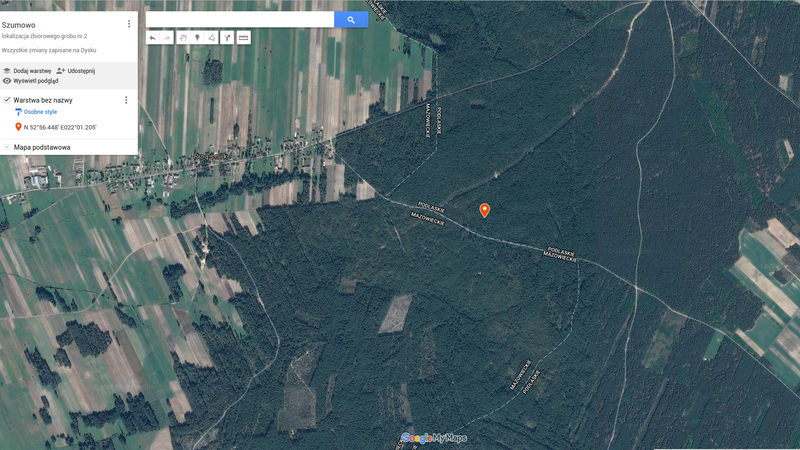 Szumowo - grób nr.1 fotografia satelitarna 5 lokalizacja 1
Szumowo - grób nr.1 fotografia satelitarna 5 lokalizacja 1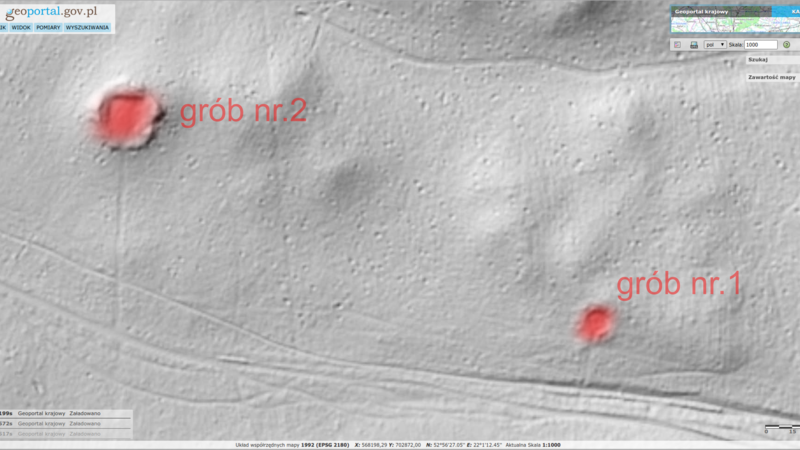 Szumowo - grób nr.1 lidar 1g
Szumowo - grób nr.1 lidar 1g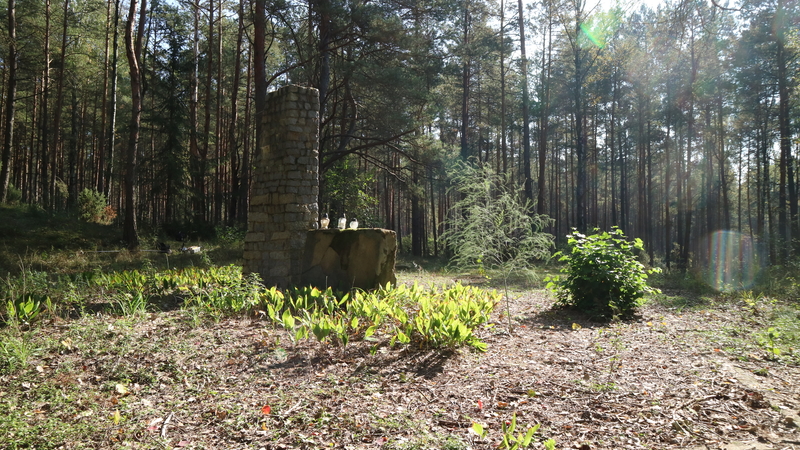 Szumowo - grób nr.1 fotografia 5 lokalizacji 1
Szumowo - grób nr.1 fotografia 5 lokalizacji 1Sources
Transkrypcje
Contact and cooperation
We are still looking for information on the identity of the victims and the location of Jewish graves in Szumowo. If you know something more, write to us at the following address: fundacjazapomniane@gmail.com.
Bibliography
Recording of the Zapomniane Foundation (audio file), name: Tadeusz [eyewitness], b. – [12 years old during World War II], place of residence: Szumowo, subject and key words: Jewish graves in Szumowo, interviewed by Agnieszka Nieradko, Szumowo, 13 October 2017.
Photocopies of files, file no. S 70.2010ZN regarding taking part in the killings of approximately 1500 Polish citizens of Jewish nationality with previously undetermined personalities, in the Rząśnik forest in August 1941, committed by German gendarmes and other officers of the German occupation apparatus, p. 3-5, 7, 8 , 12, 13.
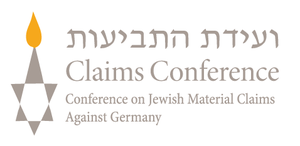
In appreciation to the Conference on Jewish Material Claims Against Germany (Claims Conference) for supporting this research project. Through recovering the assets of the victims of the Holocaust, the Claims Conference enables organizations around the world to provide education about the Shoah and to preserve the memory of those who perished.
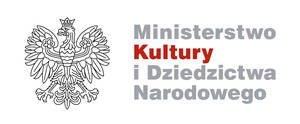
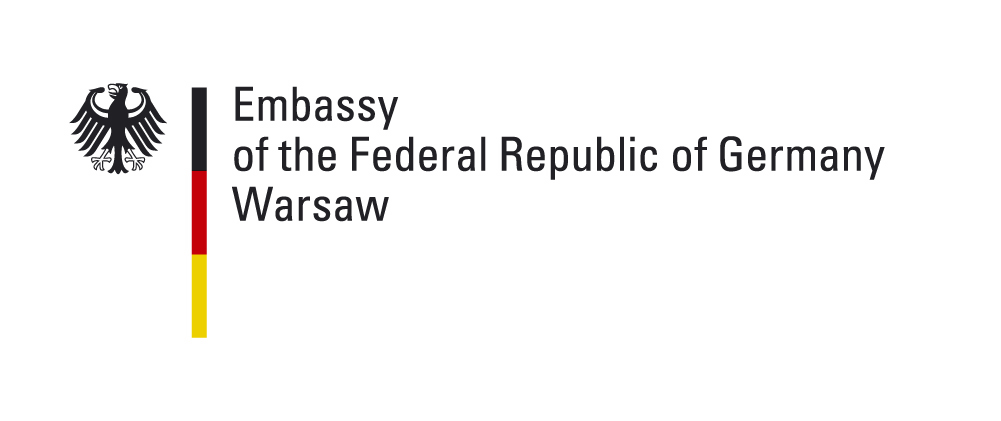

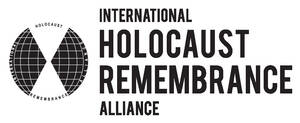

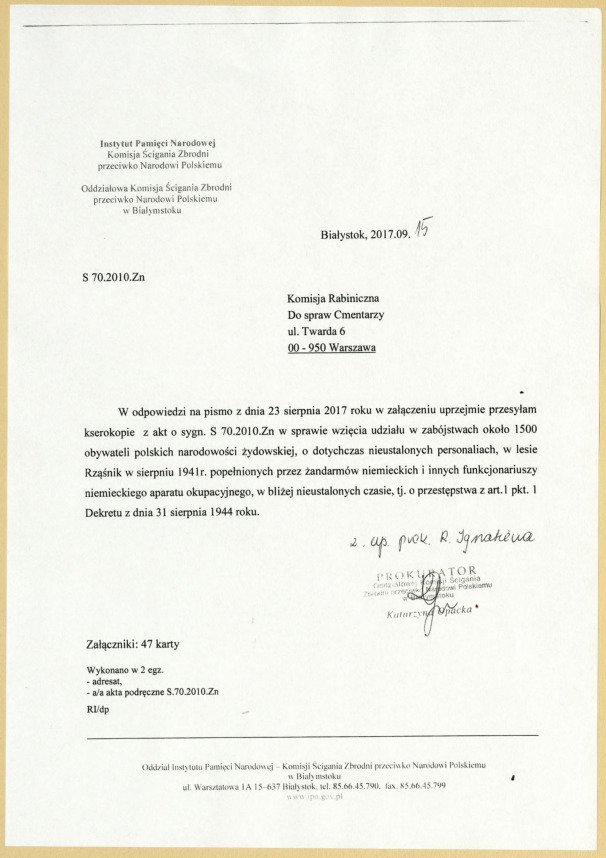 Szumowo Akta ws. wzięcia udziału w zabójstwach ok. 1500 obywateli polskich narodowości żydowskiej, o dotychczas nieustalonych personaliach
Szumowo Akta ws. wzięcia udziału w zabójstwach ok. 1500 obywateli polskich narodowości żydowskiej, o dotychczas nieustalonych personaliach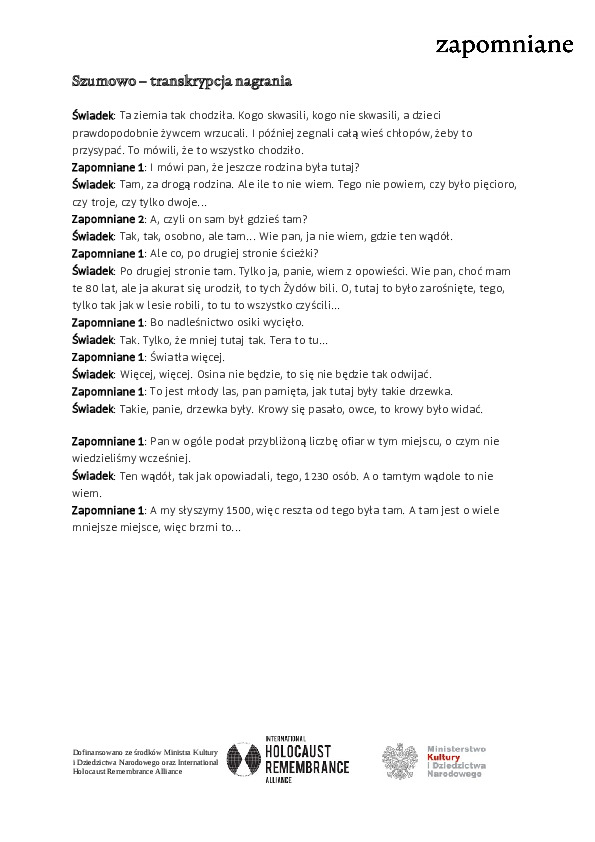 Szumowo - transkrypcja nagrania
Szumowo - transkrypcja nagrania